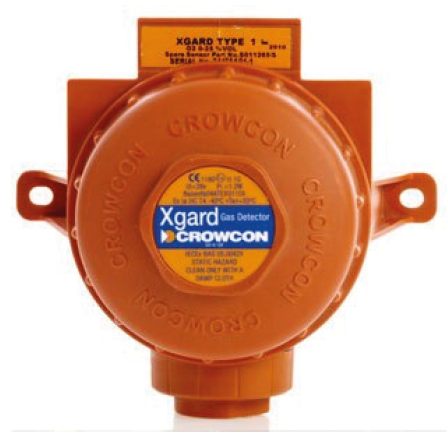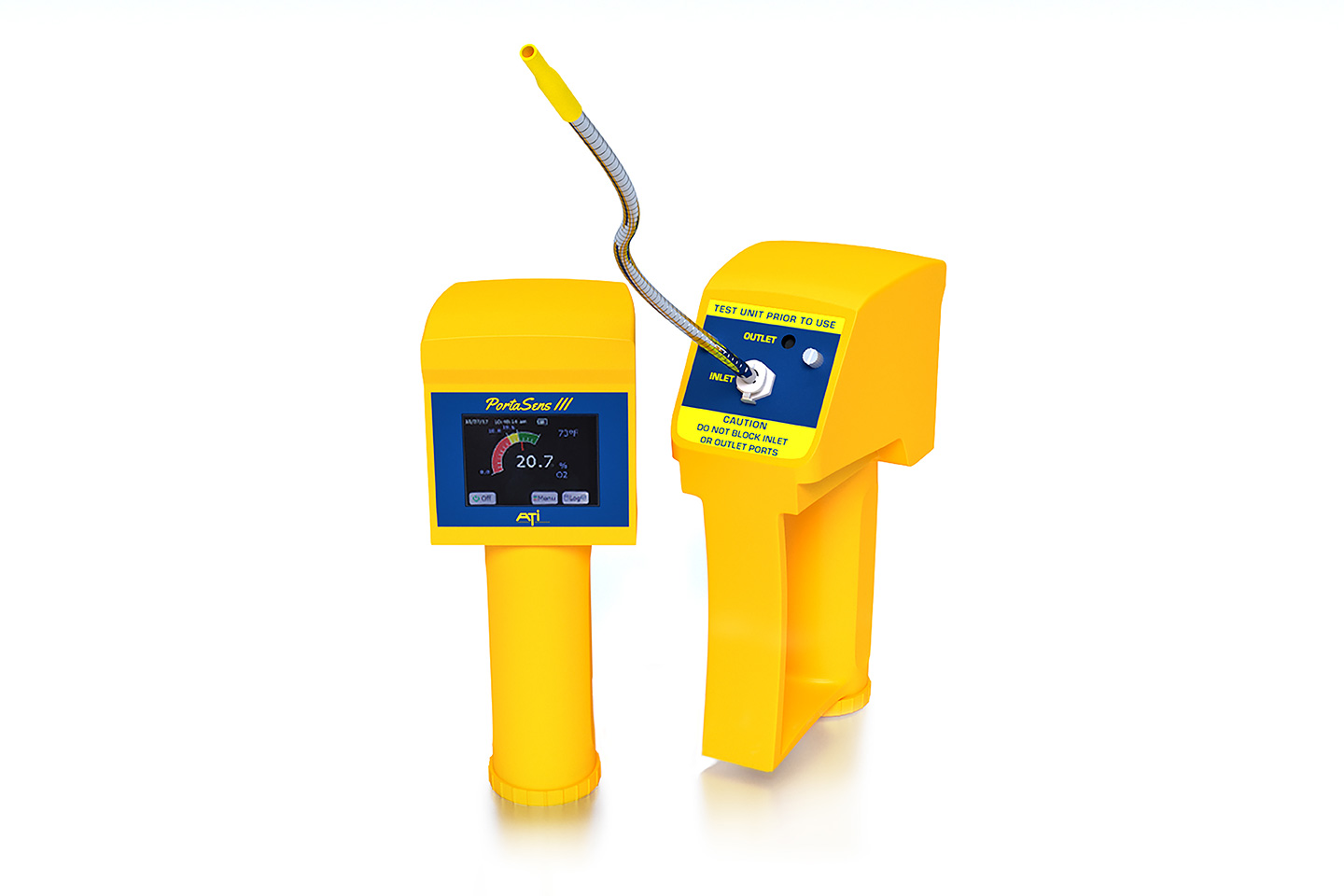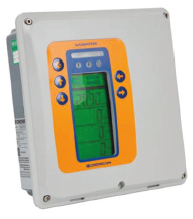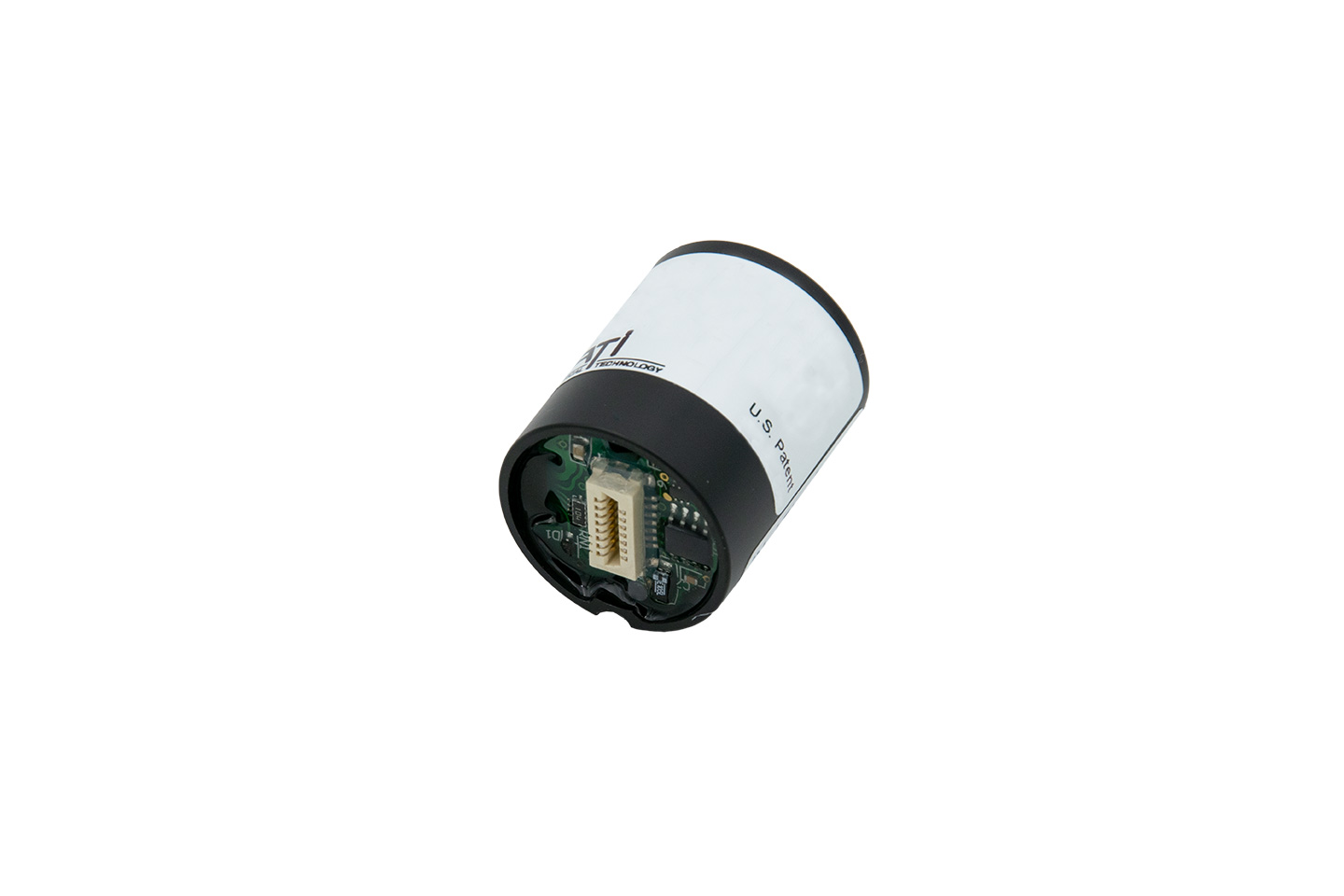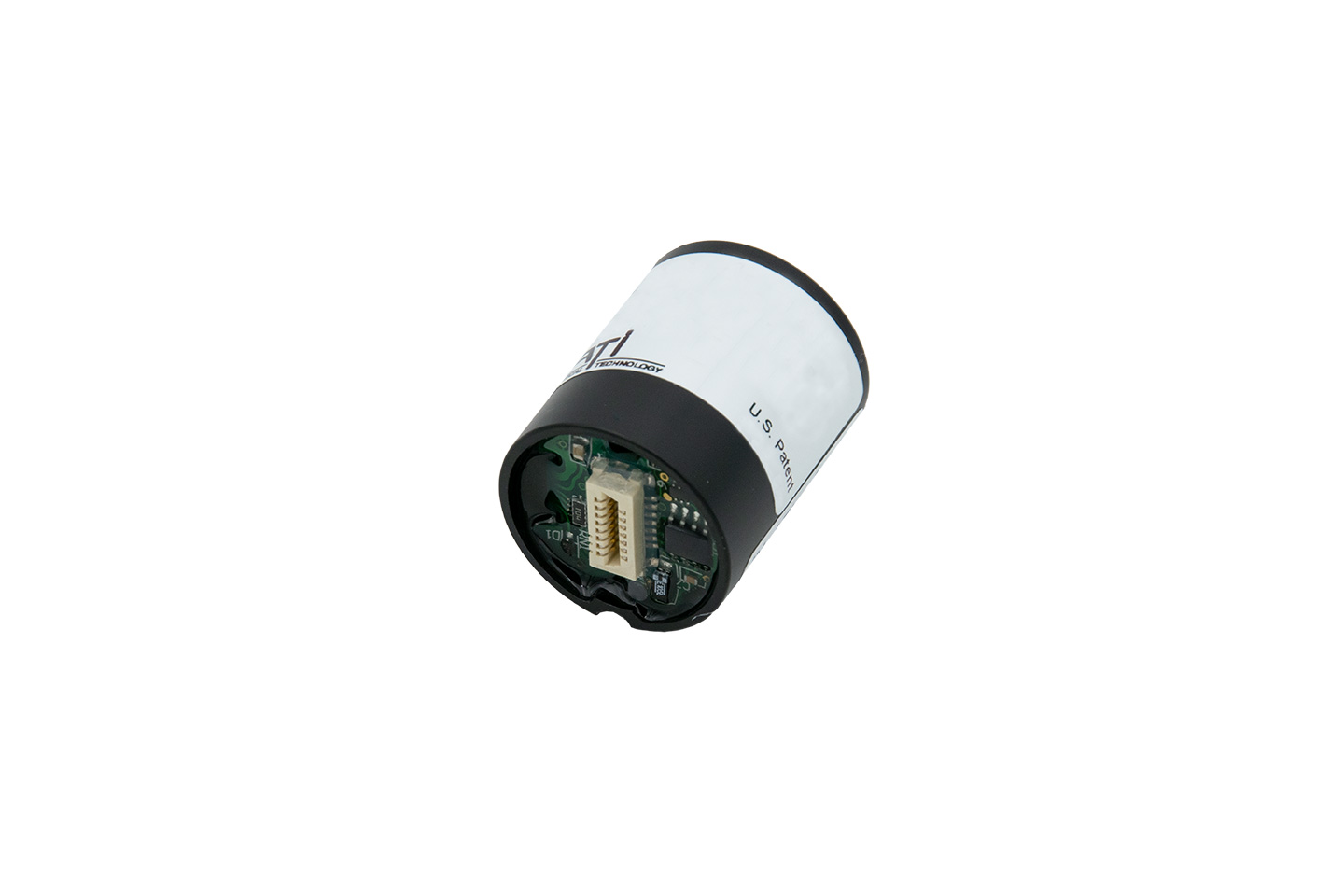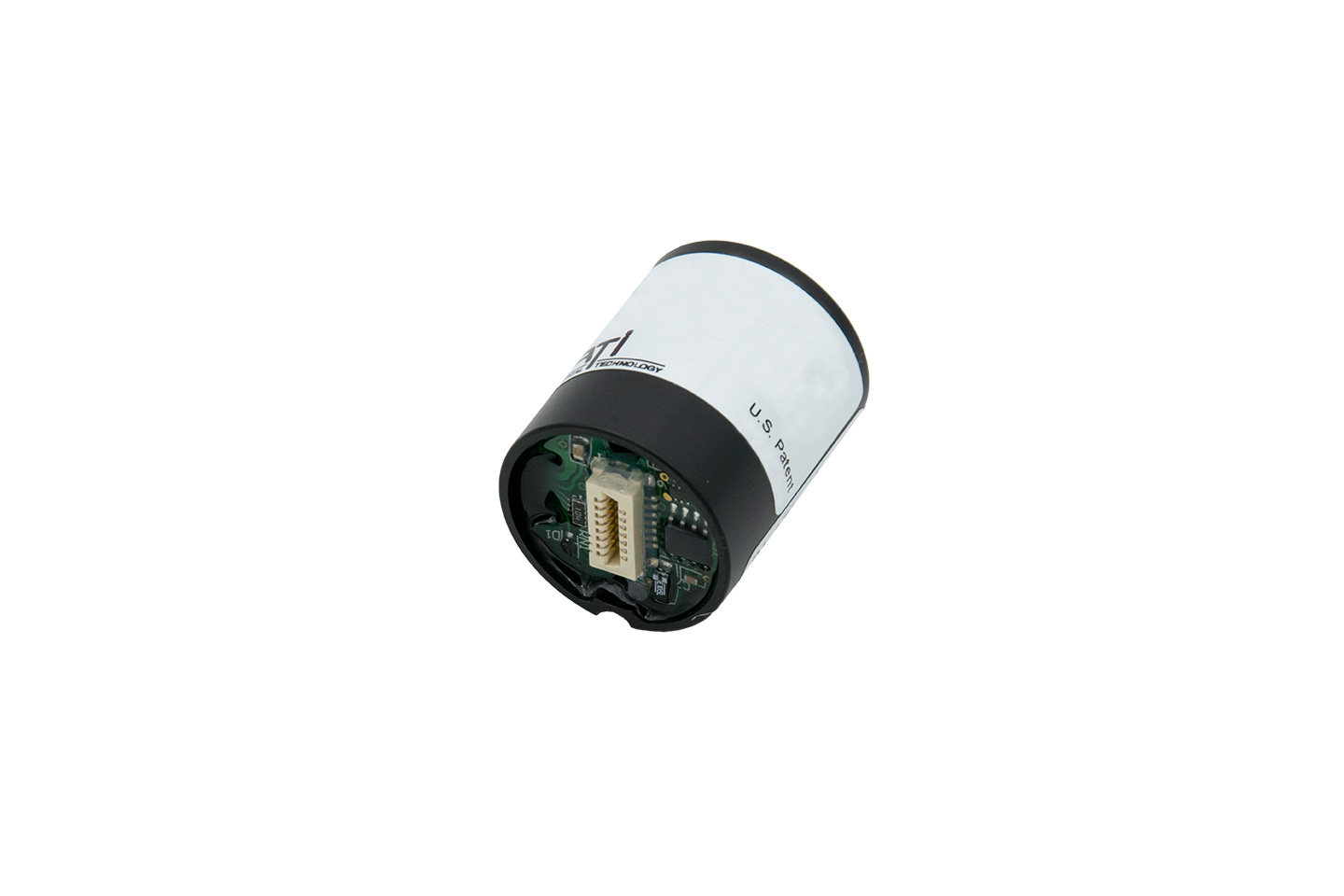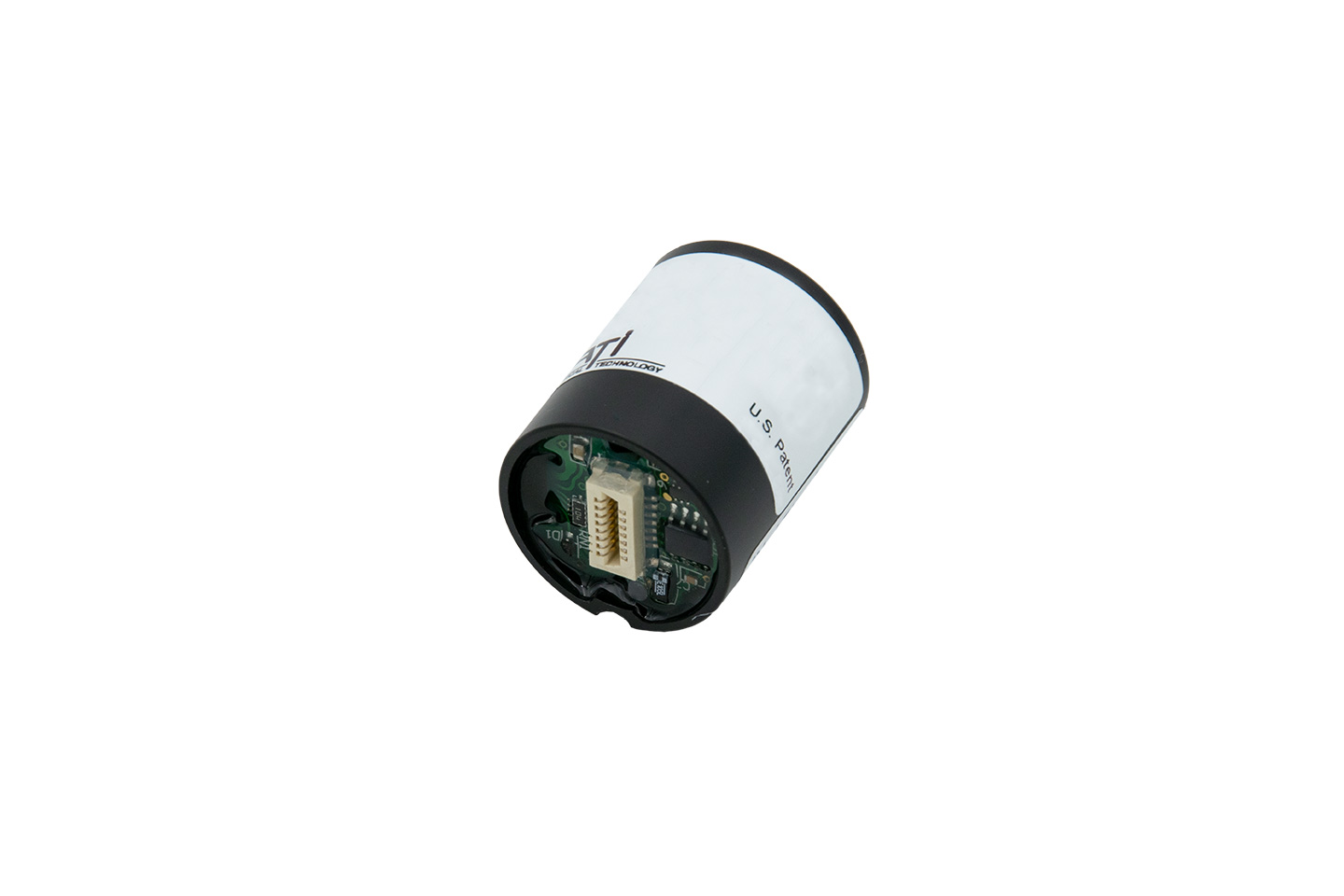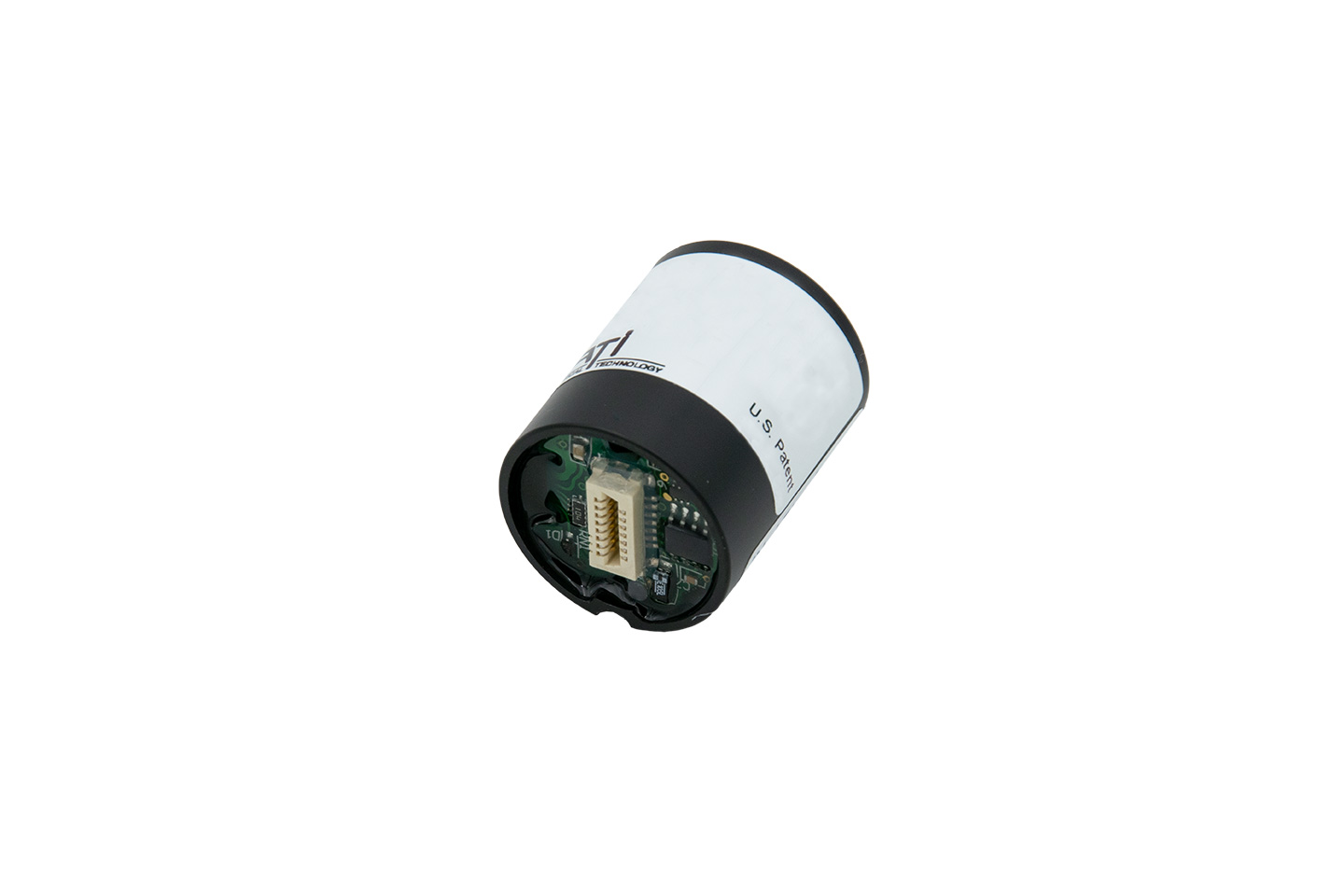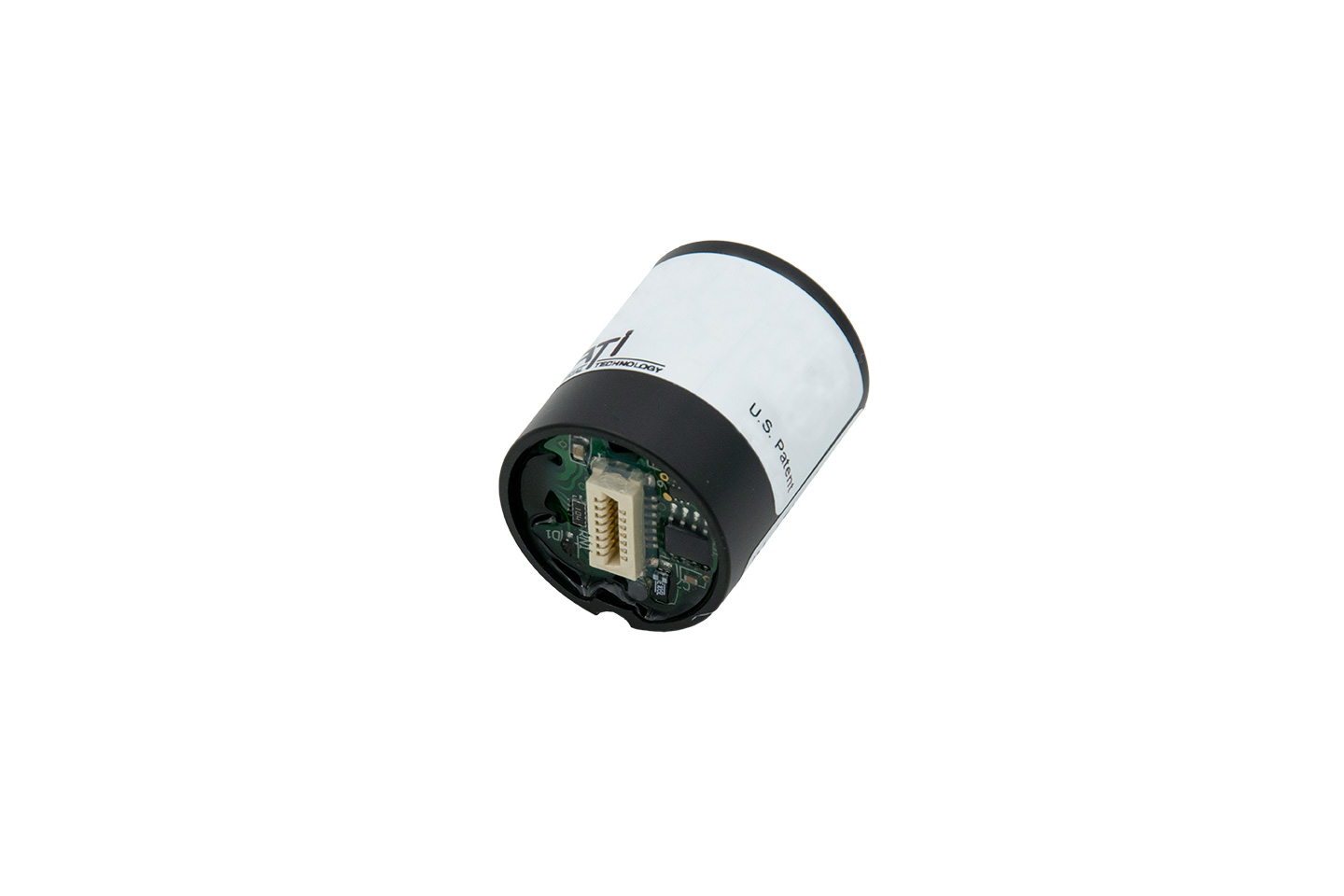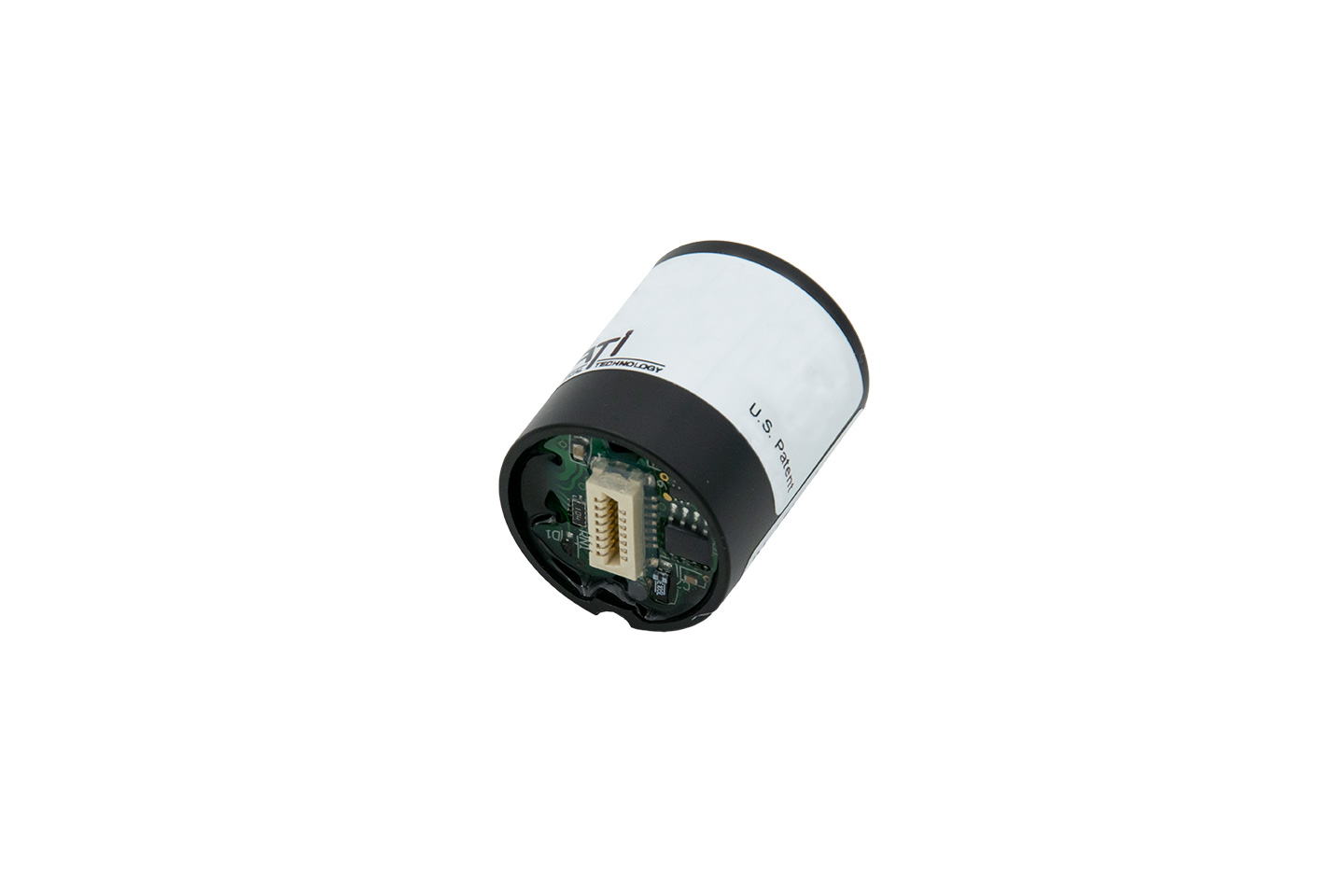Gas detectors were developed to detect the presence of certain gases in the air. They are often used in industrial environments to monitor air quality and minimise the risk of explosions, poisoning and other hazards.
There are different types of gas detectors that can react to and measure different gases. The most common gases that can be detected by gas detectors are carbon monoxide, carbon dioxide, methane, hydrogen, nitrogen oxides and sulphur dioxide.
Gas detectors usually work by taking a sample of the ambient air and analysing it. Other detectors work with chemical sensors that react to certain gases and generate a colour change or an electrical voltage, which can then be detected by the gas detector. Still other gas detectors use infrared or ultrasonic sensors that measure the density or speed of sound of the gas to determine its concentration.
Gas detectors are often used in industrial applications to detect the presence of gas leaks and provide a timely warning before dangerous situations occur.
Filter products
Mobile Gasmessgeräte
Ozon Sensoren
Ozon Sensoren wurden entwickelt, um das Vorhandensein von Ozon in der Luft zu messen und zu überwachen. Ozon ist ein natürlich vorkommendes Gas in der Erdatmosphäre und wird auch künstlich erzeugt, z.B. durch industrielle Prozesse, elektrische Entladungen oder UV-Licht. Ozon kann sowohl nützlich als auch schädlich, abhängig von seiner Konzentration und Verwendung.
Ozon-Sensoren messen normalerweise auf Basis elektrochemischer Reaktionen, indem sie die elektrischen Eigenschaften einer Probe in der Umgebungsluft messen. Wenn Ozon in die Sensorzelle eintritt, reagiert es mit einer elektrochemischen Substanz im Sensor. Hierdurch kommt es zu einer Änderung des elektrischen Stroms oder der Spannung. Die Änderung wird vom Sensor erfasst und in ein elektrisches Signal umgewandelt, das dann auf einem Display angezeigt oder an ein Steuersystem weitergeleitet werden kann.
Ozon-Sensoren werden in verschiedenen Anwendungen eingesetzt, z.B. in der Luftqualitätsüberwachung, in der chemischen Analyse oder in industriellen Prozessen. In industriellen Prozessen können Ozon-Sensoren dazu beitragen, die Qualität von Ozon-gesteuerten Prozessen wie z.B. bei der Sterilisation von Lebensmitteln oder der Entkeimung von Trinkwasser sicherzustellen.
Ozon-Sensoren sind ein wichtiger Bestandteil von Sicherheits- und Überwachungssystemen, um eine rechtzeitige Warnung vor gefährlichen Konzentrationen von Ozon in der Luft zu ermöglichen.
Wasserstoffperoxid Sensoren




